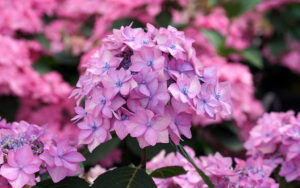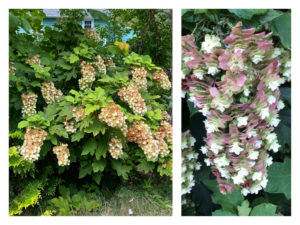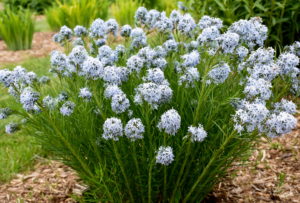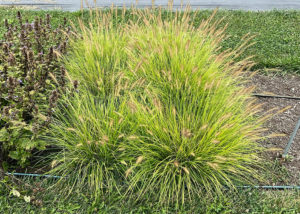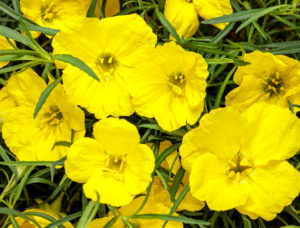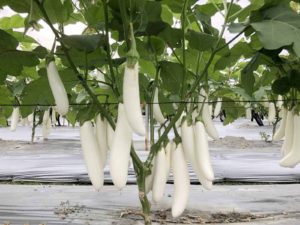No Winter “Wow,” but the 2022 Philadelphia Flower Show Will Happen
February 8th, 2022
Cabin-fevered gardeners normally would be gearing up by now to visit the world’s biggest and oldest indoor flower show, which usually takes place in early March just two hours down the turnpike from Harrisburg.

This artist rendering shows the planned entrance to the 2022 Philadelphia Flower Show.
Credit: Pa. Horticultural Society
But in case you’re wondering why you’re not hearing much about it, the Philadelphia Flower Show for the second straight year is taking place outside in June.
To be specific, the 2022 show is scheduled for June 11 through 19 in the same place it was held last June – over 15 acres in south Philadelphia’s FDR Park.
Lowee’s Group Tours and I will be offering five daily trips to the show June 13-17. Two of them will be show-only offerings, while three of them will include morning tours of three different Philadelphia-area public gardens before heading over to the Flower Show (Fairmount Park/Shofuso Japanese Garden, Morris Arboretum, and Chanticleer). See details on all of the trips here.
A lot of people (me included) were hoping the show would go back to its good, old, indoor, end-of-winter self after a year when COVID forced it outside for the first time in its 193-year history.
But as people continued to get infected with COVID, the Pennsylvania Horticultural Society’s show planners eventually had to make a decision. The continuing uncertainty carried the day.
“The whole driving force is COVID and the unknowns from it,” Sam Lemheney, PHS’s chief of shows and events, told me when the show pulled the plug on the return-to-inside idea late last September. “We have to decide so far in advance to have everything ready and have plants growing in the greenhouses. There are still way too many unknowns and potential complexities with going back inside the Convention Center. We did it last year outside and figure we can do it again… and hopefully make it better.”








